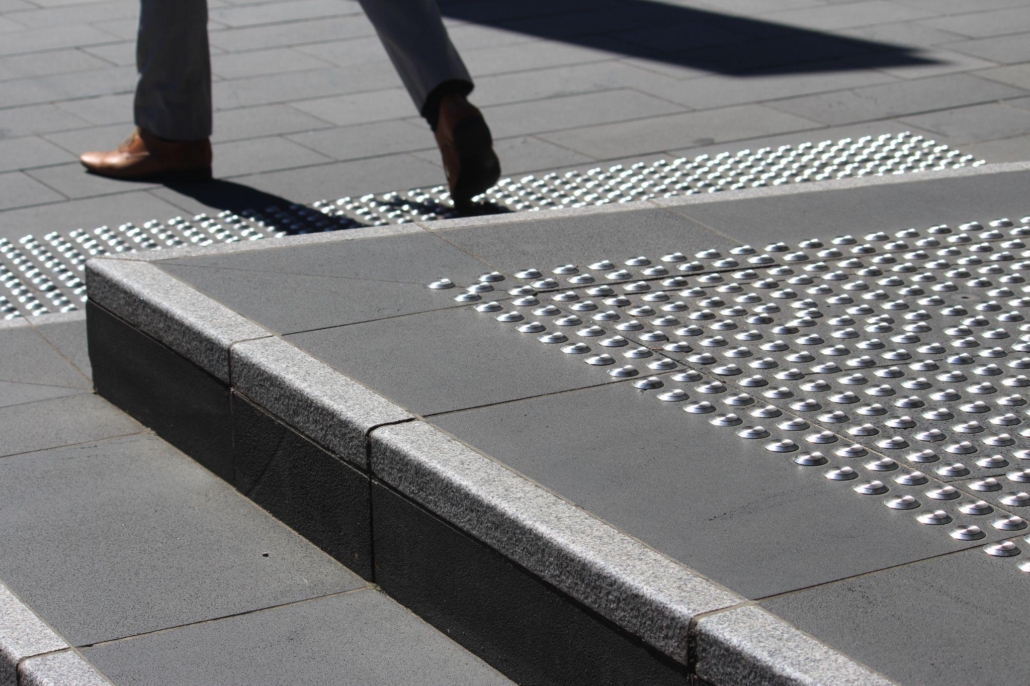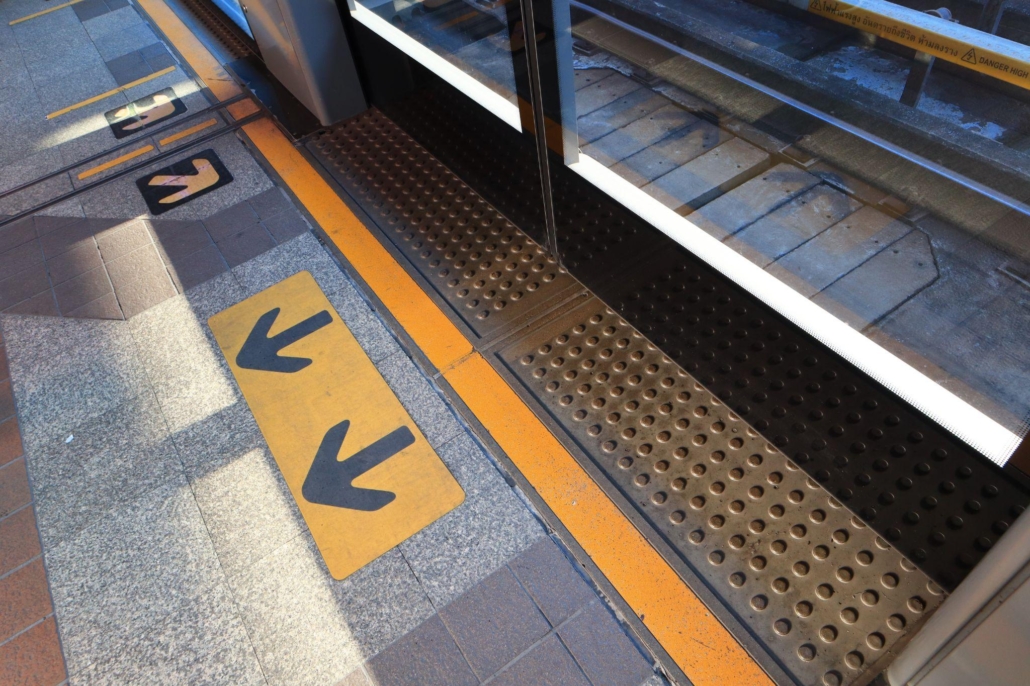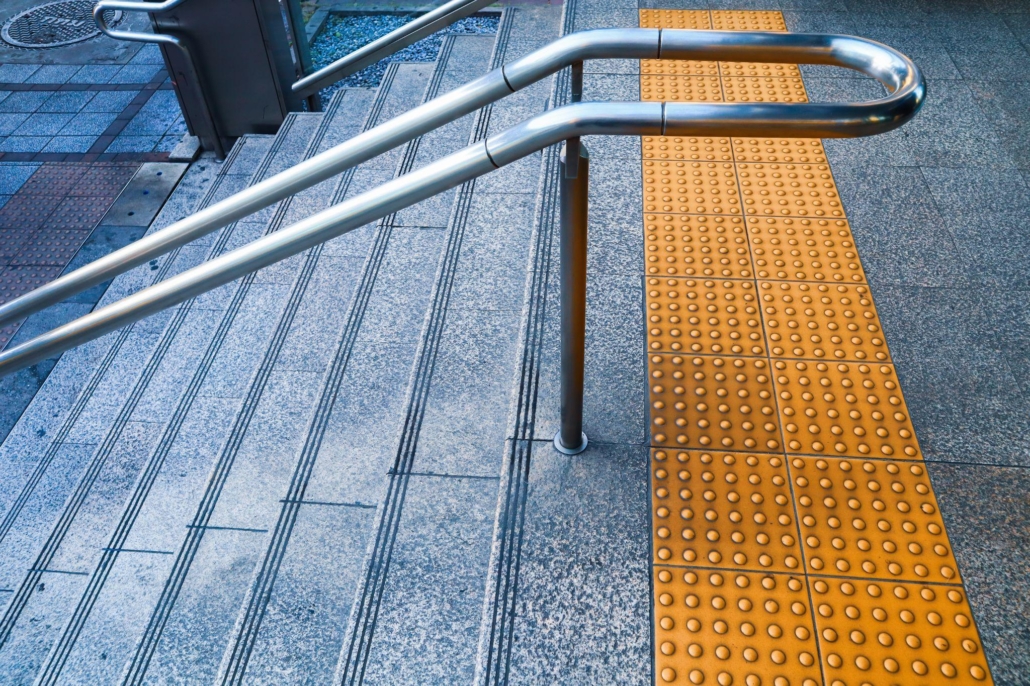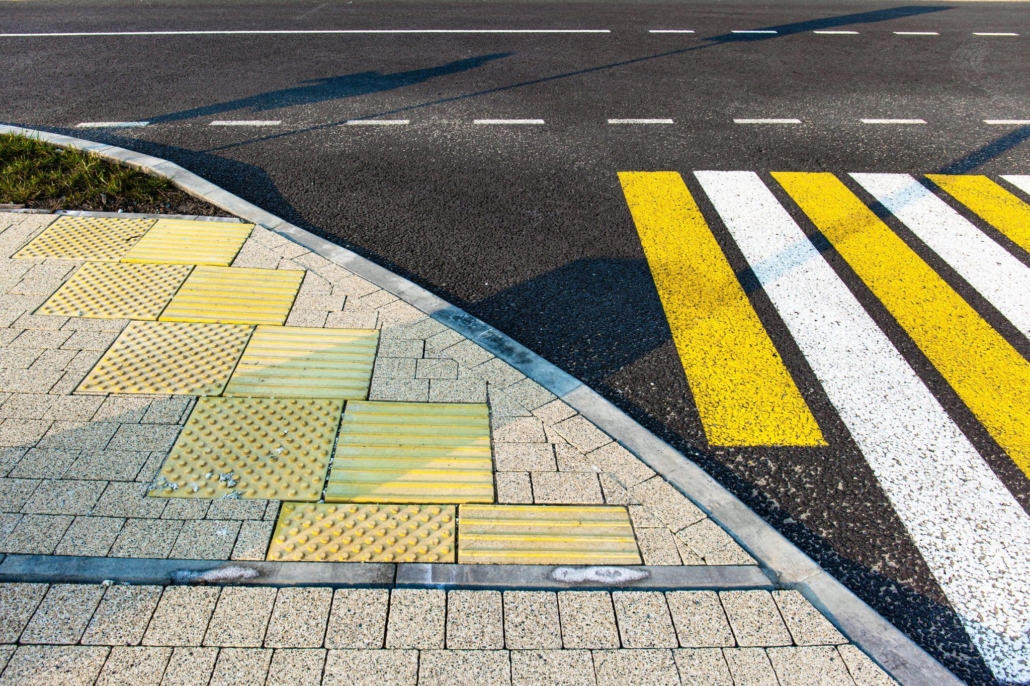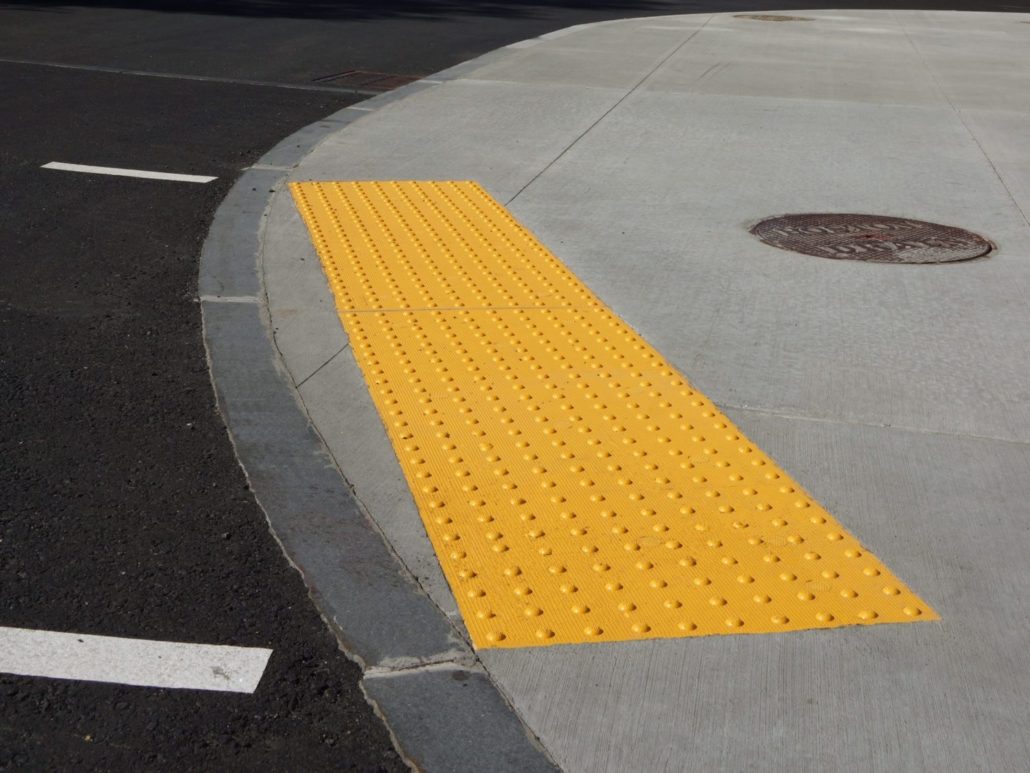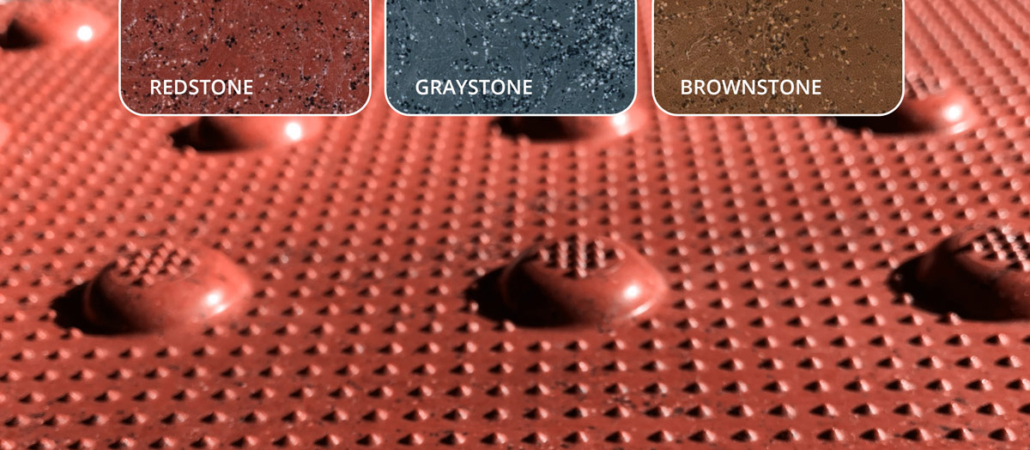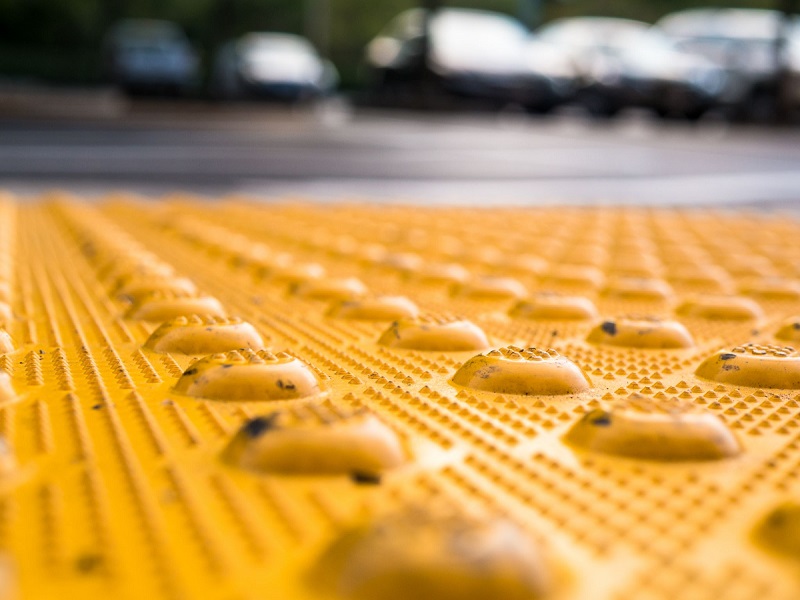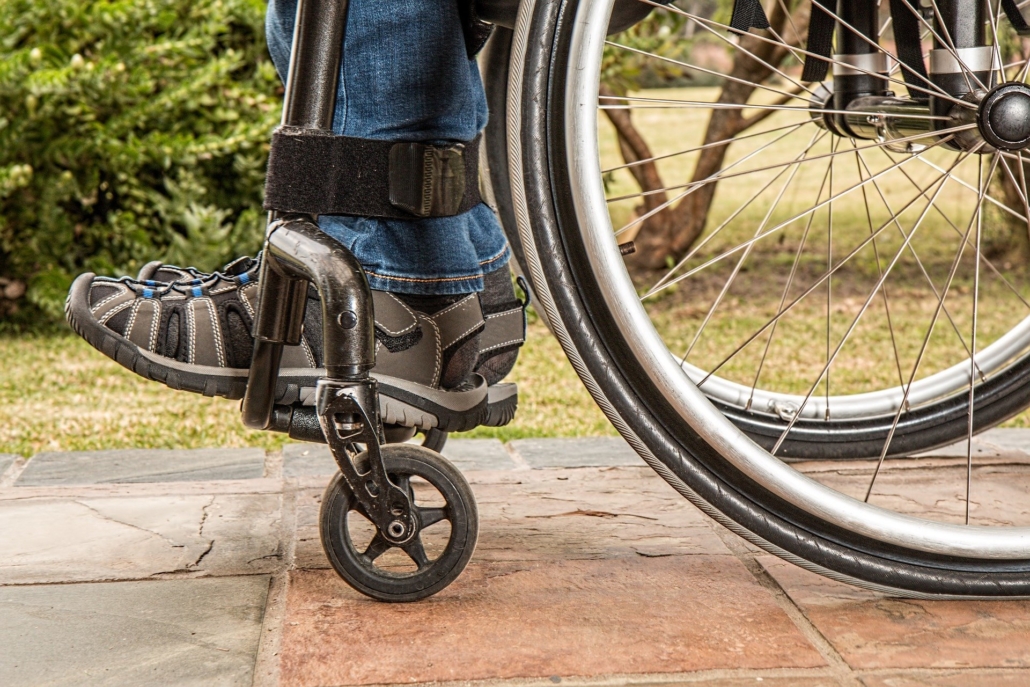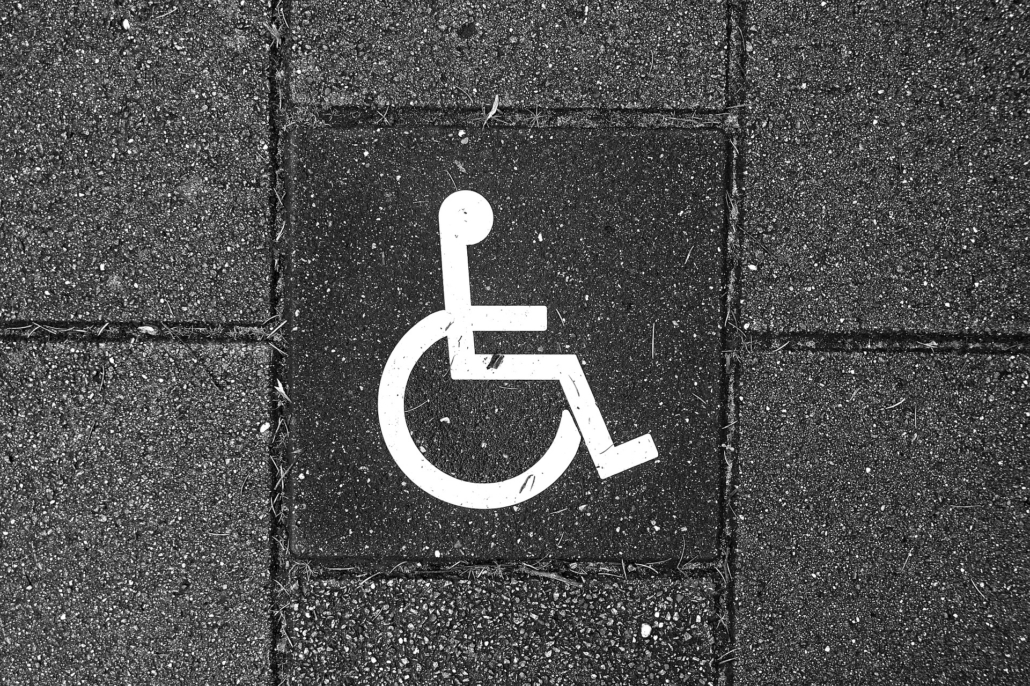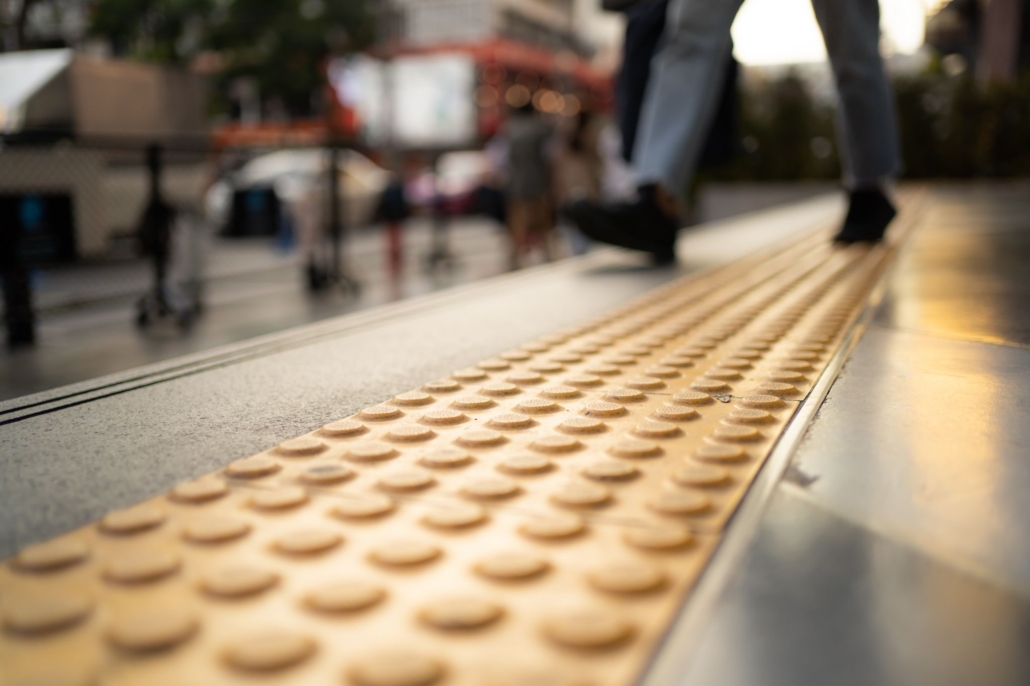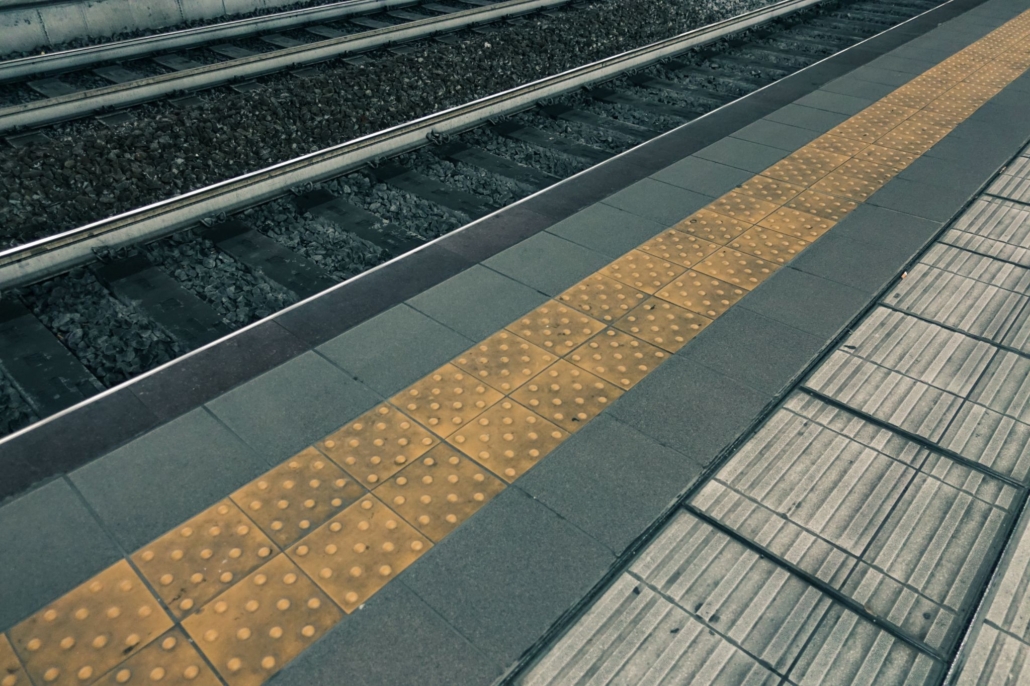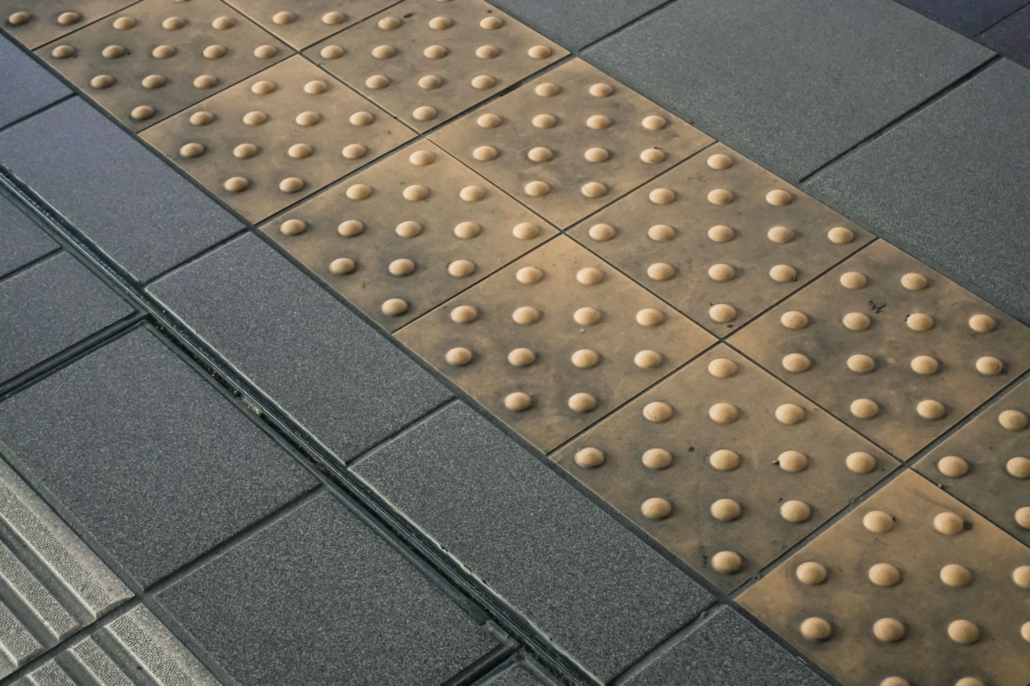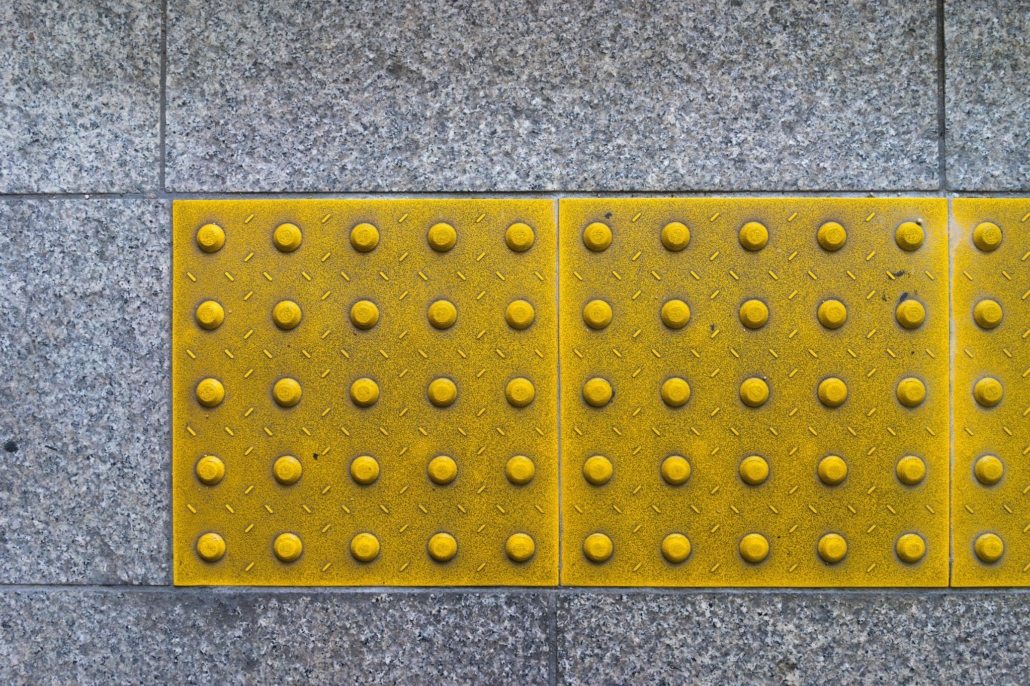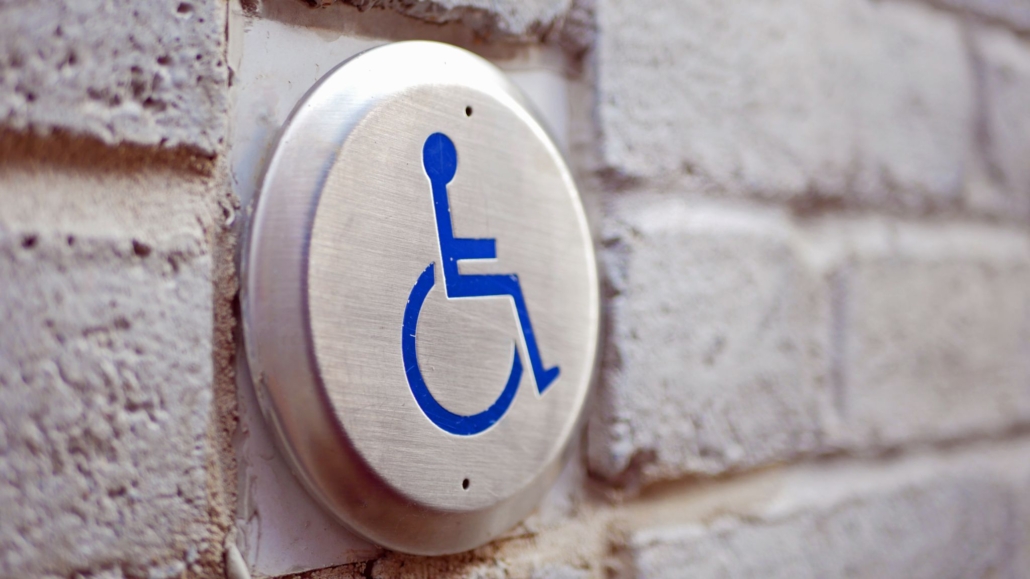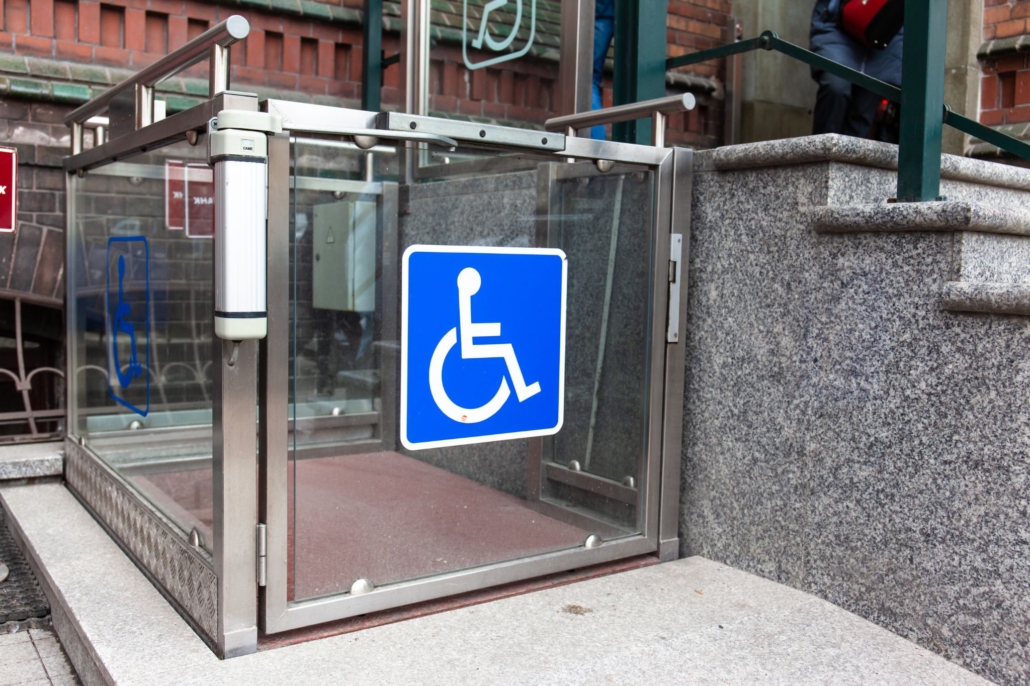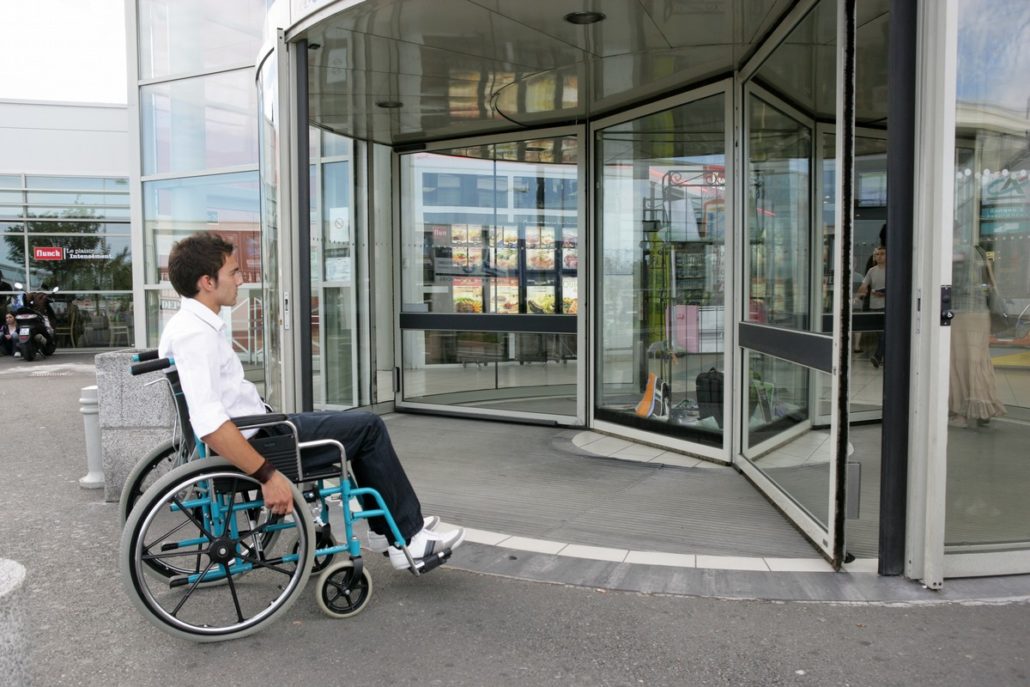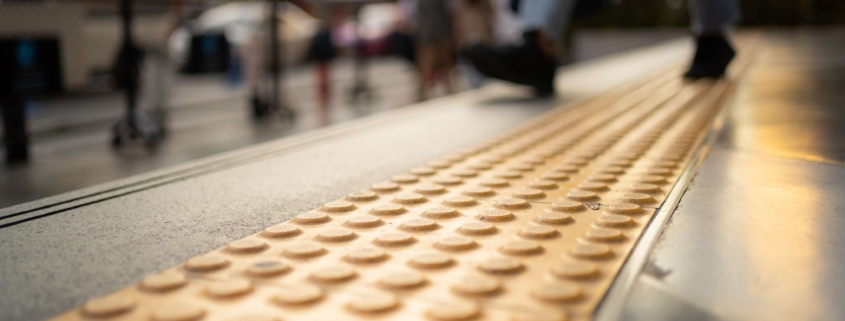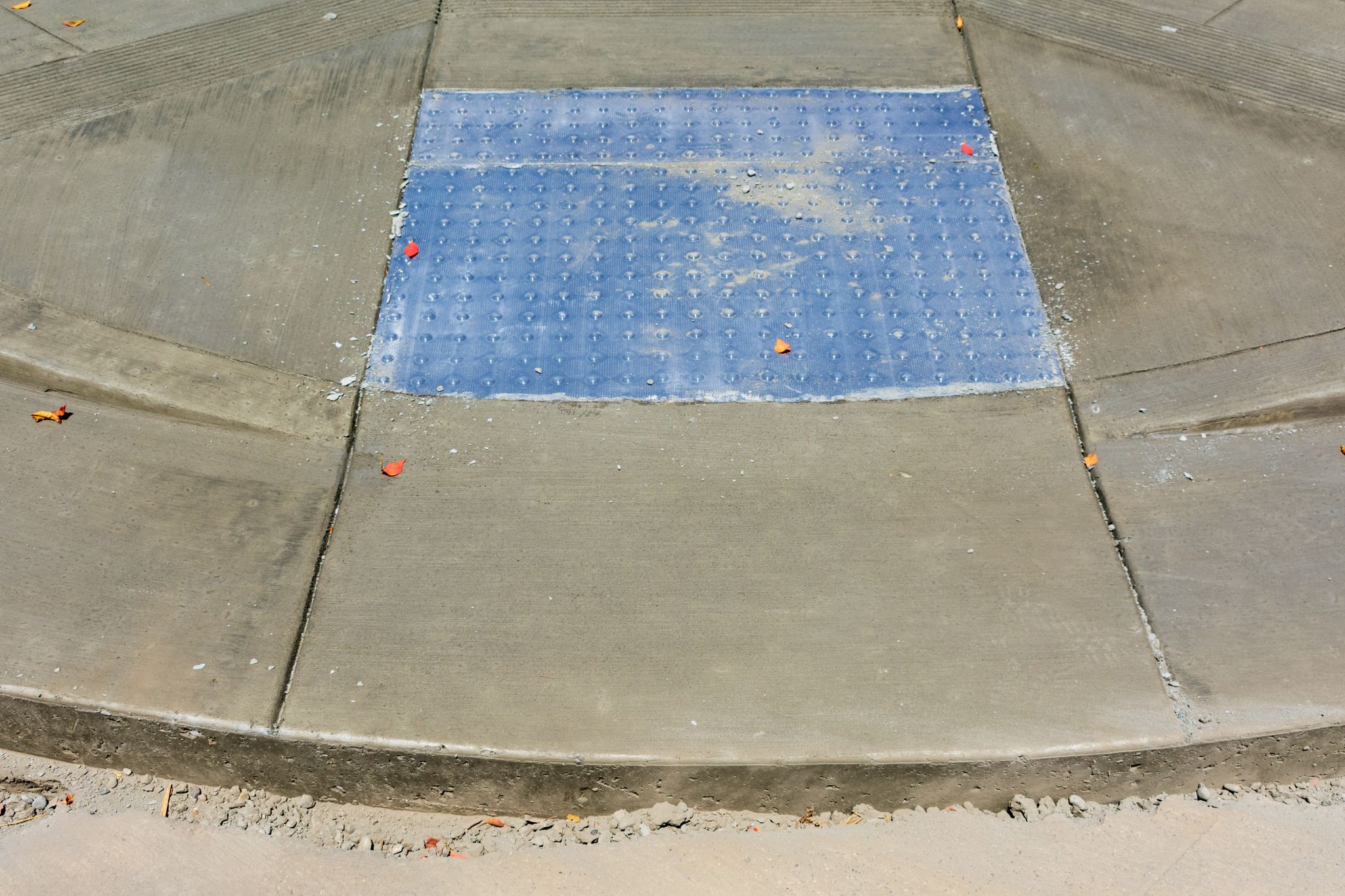The Americans with Disabilities Act or ADA was created to protect disabled individuals from discrimination on the basis of their disabilities by requiring businesses to implement measures that provide complete accessibility. Read on to discover some important facts about the ADA.
What Is the Americans with Disabilities Act?

Section 504 of the Rehabilitation Act of 1973 is the basis for the ADA. The ADA prohibits discrimination against disabled individuals under 5 titles, including public accommodations, employment, public transportation, and government programs.
The act accomplishes this goal by making it illegal for businesses and organizations to discriminate against disabled individuals, requiring them make reasonable accommodations to allow use of their properties by disabled persons. The act also contains information regarding fines for non-compliance.
What Is Covered Under the ADA?

The ADA provides detailed information with regard to the rights and protections of individuals with a disability under the following titles:
I – Equal Employment Opportunity
II – State and Local Government activities
III – Public Accommodations
IV – Telecommunications
V – Miscellaneous
The act also defines a disability, calling it “a physical or mental impairment that substantially limits major life Activities.” It details the definition of an eligible disability and names several types of physical and mental disabilities when discussing equal opportunity and access. These disabilities include those that affect the:
- Respiratory system
- Skin
- Digestive system
- Endocrine system
- Reproductive system
- Cardiovascular system
- Nervous system
The act also covers how new and existing construction projects can be modified for accessibility without causing undue hardship. It also identifies the federal agencies that enforce the laws under each title, and tells who investigates any claims that involve the ADA. These agencies are:
- The Federal Communications Commission (FCC)
- The U.S. Department of Transportation
- The U.S. Department of Justice
- The U.S. Department of Education
- The U.S. Equal Employment Opportunity Commission
- The U.S. Department of Health and Human Services (HHS)
Who Benefits from the ADA?

Those with eligible disabilities under the ADA benefit from the act. In addition to people with disabilities, the ADA also benefits businesses and others without disabilities.
Employees with Disabilities
The ADA benefits employees with disabilities by making it unlawful to discriminate against these individuals at all stages of the employment process, including recruitment, hiring, promotions, training, pay, and social activities.
Any employee with a discrimination complaint has 180 days from the date of the discrimination to file their complaint with the U.S. Equal Employment Opportunity Commission.
Individuals Wishing to Access State and Local Government Activities
Disabled individuals wishing to have the equal opportunity to access government programs, services, and activities also benefit from the ADA. These governments are required by law to follow specific standards for new and existing construction to provide access and communicate effectively with disabled persons.
Individuals with discrimination complaints under this title have 180 days of the date the discriminatory action occurred to file their complaint with the Department of Justice.
Individuals Wishing to Access Public Accommodations

The ADA benefits any disabled person who wants the same opportunity to access public accommodations as those without a disability. The act prohibits public entities like health clubs, movie theaters, and restaurants from discriminating against disabled persons and requires them to make reasonable modifications to ensure access for all.
Any disabled person with a complaint relating to Title III may file that complaint with the Department of Justice and may also file a private lawsuit.
Individuals Wishing to Access Telecommunications Services
Under the ADA, disabled persons benefit from equal access to all telecommunications services, including the internet, cell phones, and televisions. The act requires anyone who makes telecommunications equipment or who provides these services to ensure they are usable by and accessible to disabled persons.
Disabled individuals with complaints regarding telecommunications access may file their complaint with the FCC.
Non-Disabled Individuals
Although it may not seem so, many individuals without disabilities are also protected by the ADA, albeit inadvertently.
For example, a non-disabled parent pushing a double stroller will benefit from wider and safer ADA-compliant doorways. Lighted ADA signage, audible alerts on public transit and crosswalks, and detectable warning tiles also create safer spaces.
Ultimately, the ADA benefits the whole of humanity; it fosters inclusion, improves quality of life for disabled persons and their loved ones, and teaches about the importance of celebrating all abilities.
Ensure ADA Compliance with Top-Quality Products
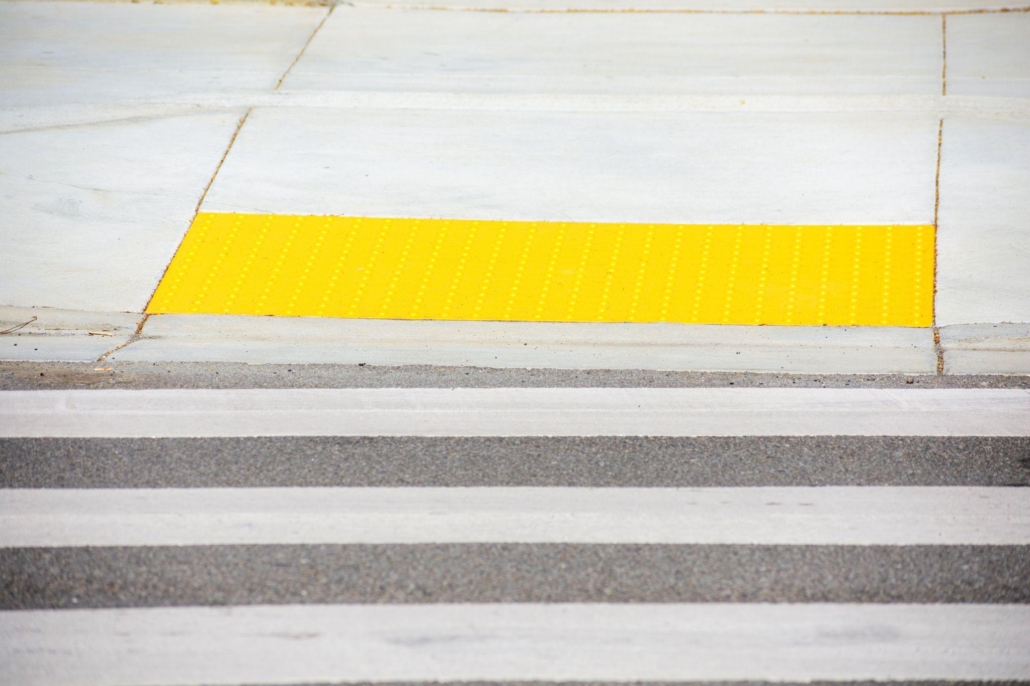
The ADA is about much more than prohibiting discrimination; it’s about businesses and organizations doing whatever is necessary to ensure the safe and enjoyable use of their properties for all.
Achieving ADA compliance is much easier when the company you choose is experienced and dedicated to superior quality in everything they sell. ADA Solutions is a leading manufacturer of detectable warning surfaces that possesses over two decades of experience.
We not only sell ADA-compliant products; we also design, manufacture, and install them. Our ISO 9002 facility adheres to the strictest standards for quality control and testing, making it possible for us to create incredibly durable products that are easy to install.
We’re always ready to share our intimate ADA knowledge and technical assistance with our customers, and we back every product we sell with a 7-year warranty—the longest in the industry. When you’re ready to choose us for all of your detectable warning tile needs, we are happy to welcome you. Visit our products page to learn more.



